
Tri-five Chevrolet gasser dubbed the Bootlegger offered for sale
By Dean Larson
Photos: Seller, Craigslist
The word “gasser” has become a buzzword in the last ten years and not always for the right reasons. To the uninitiated, a gasser can be most any classic car that has a tall stance in the front, with blowers, big drag slicks and wheelie bars as key supporting features. But that’s not really the whole story, and those sort of modifications don’t always make for a gasser. In a world of street freaks, altered-wheelbase cars, super stocks and sports modifieds, this tri-five Chevrolet on Craigslist is about as “gasser” as it gets.
So what actually makes for a gasser? Well for starters, we’re looking mainly at drag cars that competed in the late 1950s through the 1960s. They started out as regular production cars and ran on gasoline as opposed to race fuel. Often cars were mandated to retain certain street equipment features, to maintain their image as hopped-up street cars. Gas classes started to grow in ranks around 1955, starting what’s known as “the gasser war years,” characterized by high-profile racers, well-promoted grudge matches and big entertainment for the fans. Gassers were loud, dramatic in appearance and also extremely lively to watch. Huge wheelstands were not uncommon, and the hottest gassers pulled serious g-forces at the launch.
When looking at a gasser, you might see a designation on the side such as A/G, B/G or even C/GS. These class designations are obtained by dividing the car’s total weight by engine cubic inches. The use of a supercharger tacked an S at the end of the designation, and generally moved you up one class. The figures changed from year to year, but the following class designations from 1966 will get you in the ballpark:
A/Gas = 5.00 to 6.99 lbs. per cubic inch
B/Gas = 7.00 to 8.99 lbs. per cubic inch
C/Gas = 9.00 to 10.99 lbs. per cubic inch
D/Gas = 11.00 to 12.99 lbs. per cubic inch
E/Gas = 13.00 to 14.59 lbs. per cubic inch
F/Gas = 14.60 or more lbs. per cubic inch
With that in mind, this 1955 Chevrolet 150 would have to weigh between 3,160 and 4,417.68 pounds in order to qualify for A/Gas with its 632 ci Chevrolet big block. And that mill isn’t exactly your daddy’s ol’ 454 either. It was built by Fulton Competition Race Engines in Spartanburg, South Carolina, a company that has been supplying race engines since 1972. It’s topped by a tall tunnel ram-type manifold with dual four-barrel carburetors, exhaling through the signature gasser fender-well headers in matte white.
The rest of the running gear is nothing to scoff at either, as the car has had extensive chassis work done, if not a whole new chassis all together. A full roll cage keeps the driver safe, while the telltale straight-axle up front shaves weight. Wheelie bars out back keep things in moderation on take off, as gassers are all about weight transfer.
See to get the best launch possible, gassers transition weight to the rear by launching hard, at high rpm, and bringing the front end off the ground. The rpm at launch, clutch release, tire pressure and more can have a dramatic effect on the g-forces at launch, and thus the car’s 60-foot time and ET.
But not all gassers were three-pedal thrillers, and many favored the automatic for its consistent performance. This car runs the tried and true Chevrolet Powerglide, a two-speed auto mainly used between 1950 and 1973. Speaking of tried and true, the builders went with a Ford 9-inch out back, as you just can’t beat the versatility, durability and aftermarket support for this axle.
In addition to the go, this tri-five has the right amount of show as well. She rolls on skinny spindly mags up front while the slicks out back are fitted on old-school daisy mags. The red-tinted Lexan windows and lettering on the car provide the icing on the cake.
Maybe $75,000 is a lot to pay for a car that you can’t drive to your local grocery store, but on all of Craigslist, I’d wager this is the fastest way to get from point A to B, provided that’s 1/4 or an 1/8th mile.
See it here on Athens Craigslist.

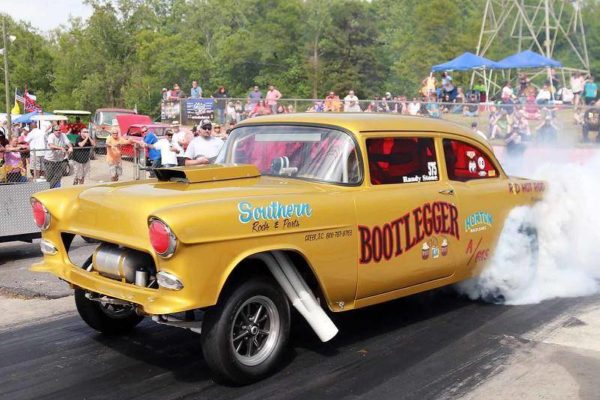
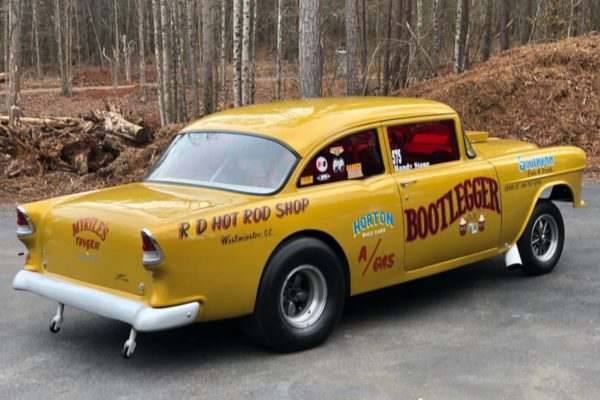
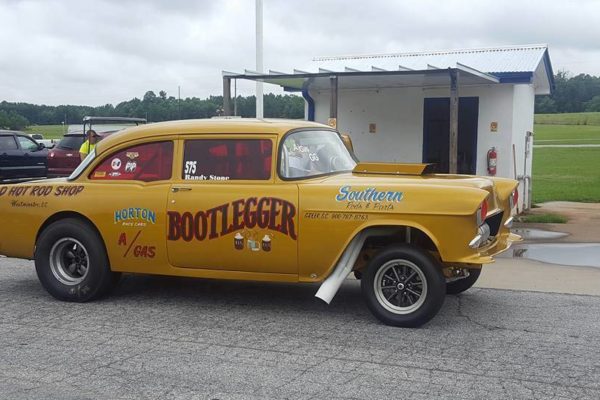
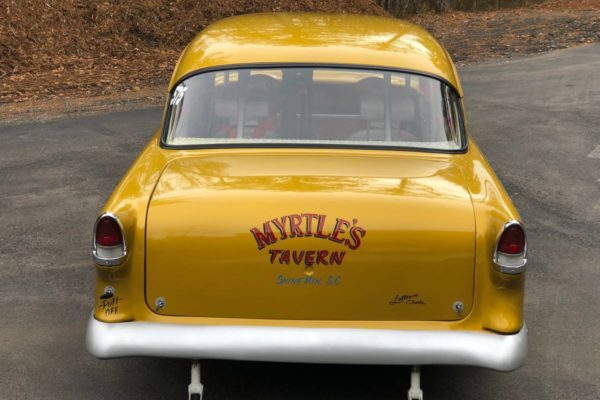
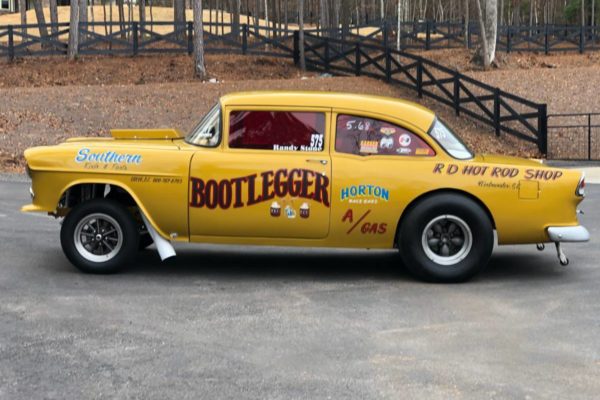
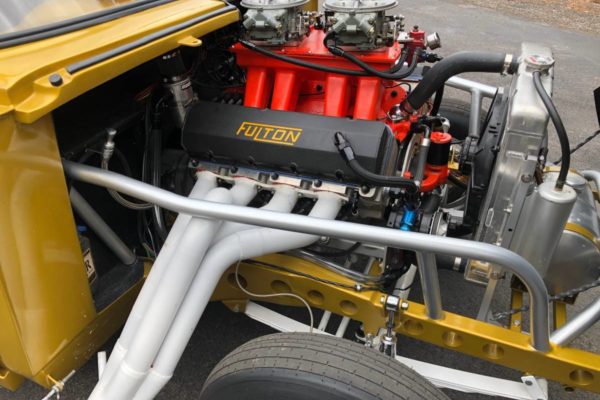
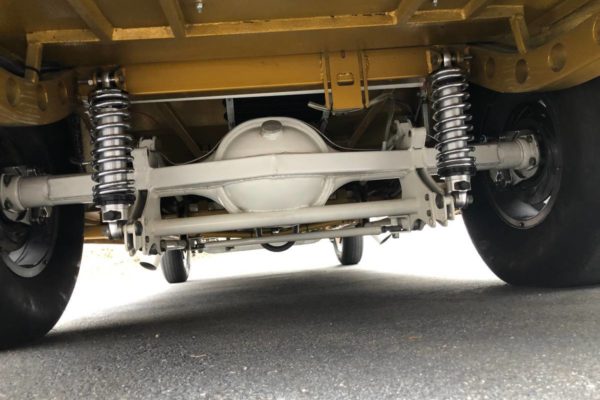
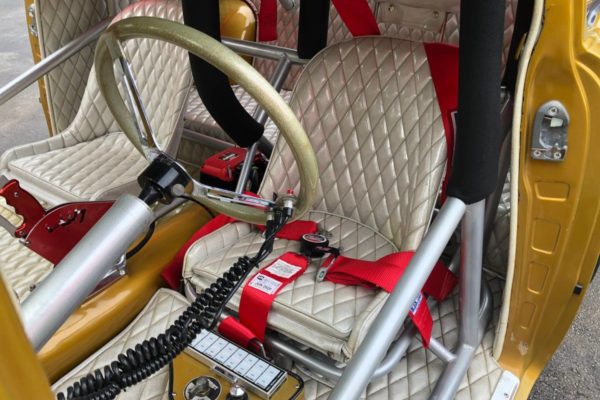
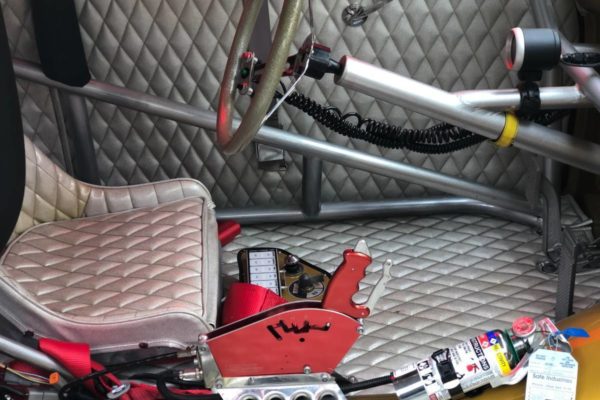
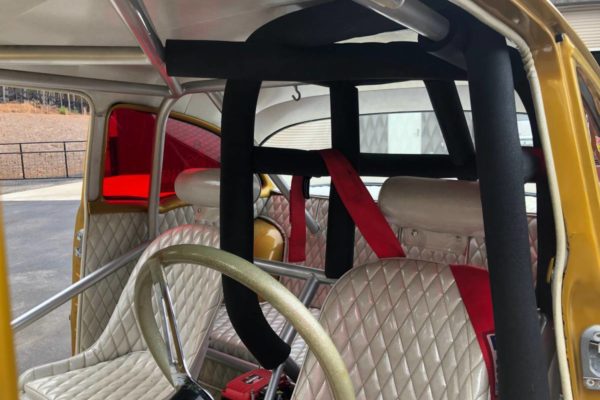
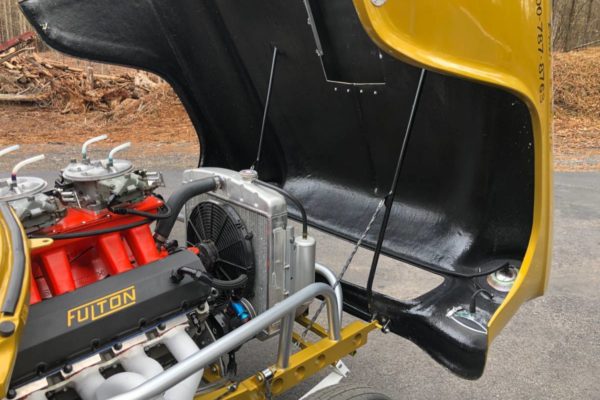
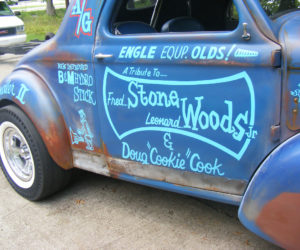
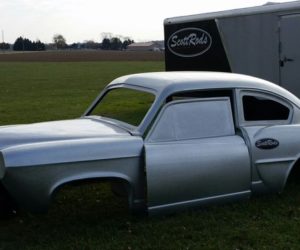
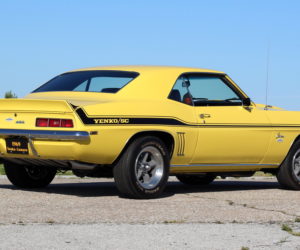
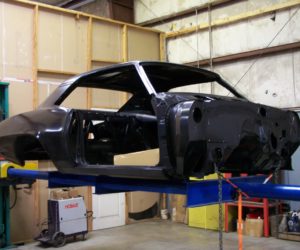
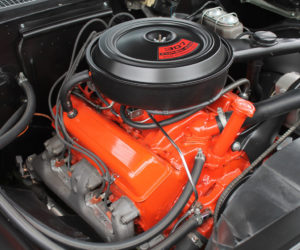




Comments for: The Bootlegger: A Study in Gasser Anatomy
comments powered by Disqus